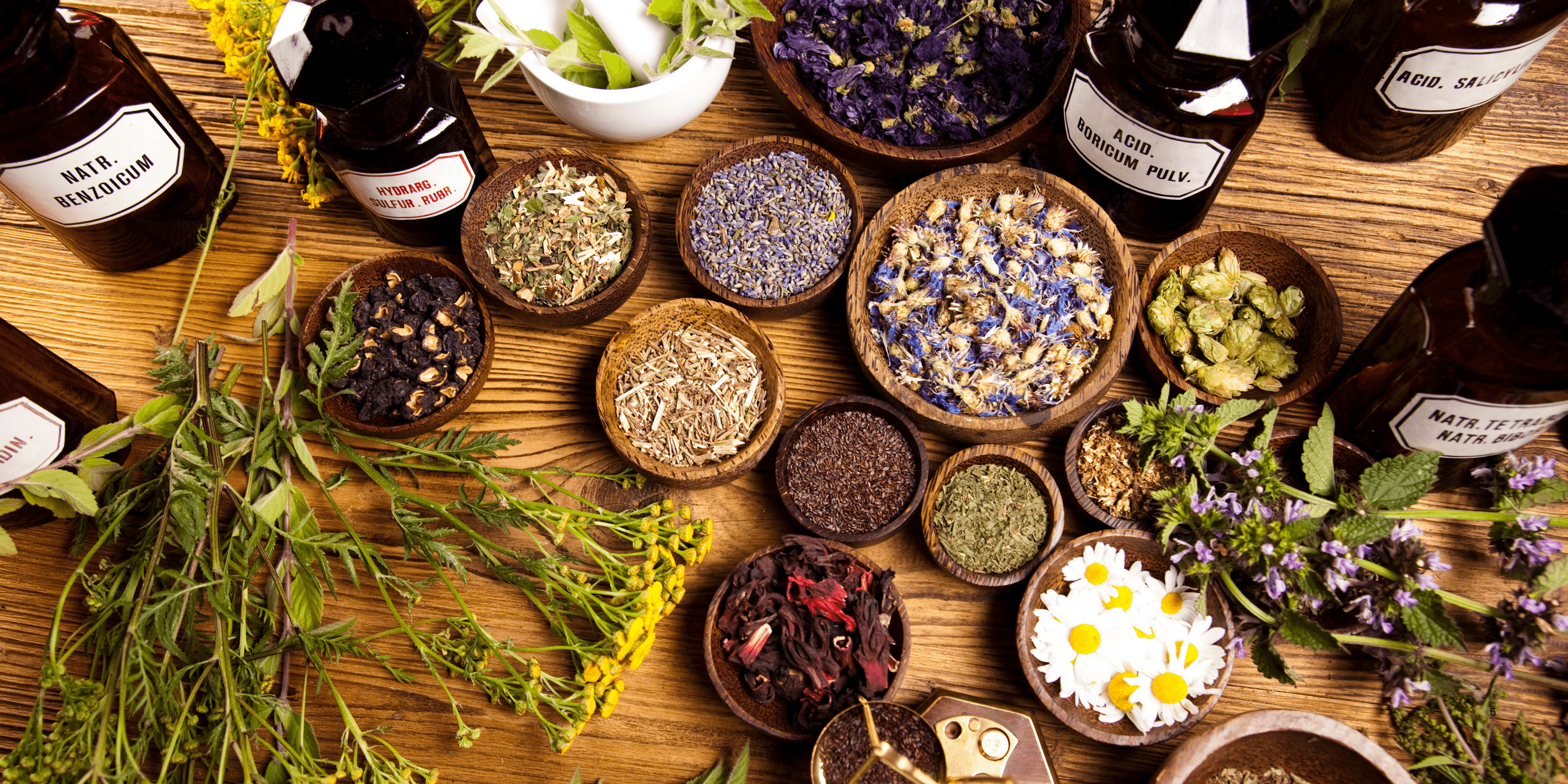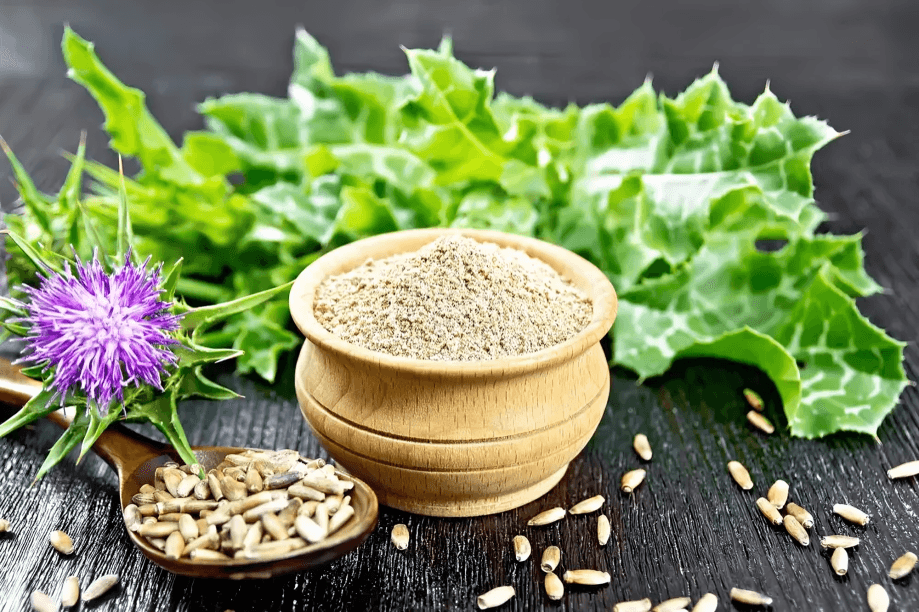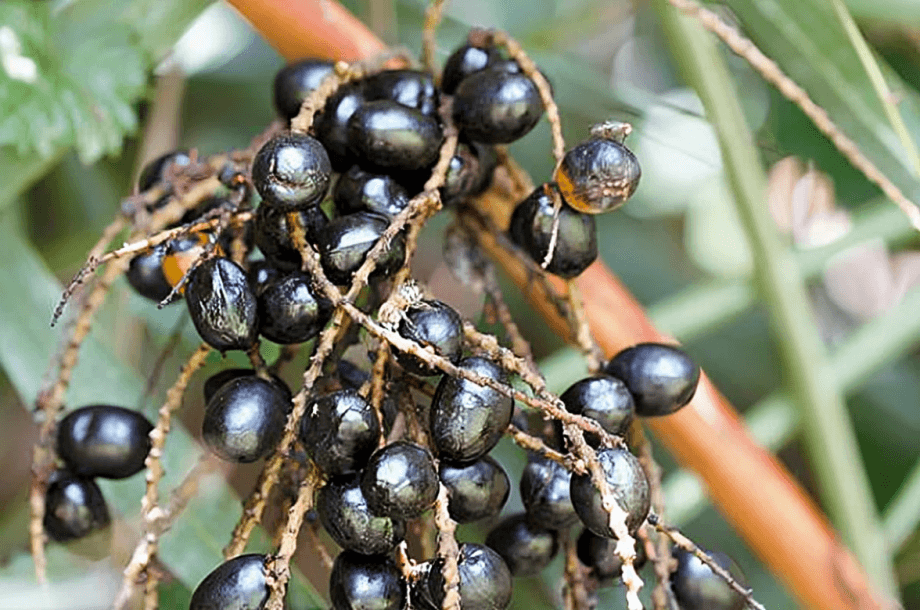
“
1
Herbal remedies and natural healing have been integral to human health practices for centuries, offering alternative and complementary approaches to conventional medicine. Rooted in traditional knowledge and increasingly supported by scientific research, these natural therapies utilize plant-based compounds to promote wellness and support the body's innate healing processes. 1
1
”
Turmeric’s active ingredient, curcumin, is studied extensively for its potent anti-inflammatory and antioxidant effects, which can reduce joint pain and protect against certain chronic diseases. 1
Ginger contains bioactive compounds like gingerols and shogaols, which have been shown to relieve nausea, reduce inflammation, and provide digestive support in various clinical contexts. 2

Ginkgo biloba is known for its ability to improve cognitive function by enhancing cerebral blood flow and acting as an antioxidant that protects nerve cells from damage.
St. John’s Wort has natural chemicals that influence serotonin and other neurotransmitters, which may help relieve mild to moderate depression and improve mood regulation. 3
Valerian root has calming properties, likely due to its interaction with GABA receptors in the brain, making it a natural aid for improving sleep quality and reducing anxiety. 4
Echinacea is widely used to boost immune response and may help shorten the duration of the common cold by stimulating the activity of certain immune cells. 5
Garlic’s sulfur-containing compound, allicin, exhibits antimicrobial properties and is believed to improve cardiovascular health by lowering blood pressure and cholesterol levels. 6
Chamomile contains flavonoids and other compounds that provide gentle sedative effects, which can reduce anxiety and promote restful sleep in individuals with mild insomnia. 7
Lavender essential oil is often used in aromatherapy to reduce stress and anxiety, supporting relaxation through its calming influence on the nervous system. 8
Peppermint oil acts as an antispasmodic, relaxing the muscles in the digestive tract and providing relief from symptoms related to irritable bowel syndrome and indigestion. 9

Milk thistle contains silymarin, a compound known for its antioxidant and liver-protective effects, which may help protect liver cells from toxins and promote regeneration.
Licorice root is used for its anti-inflammatory and immune-supportive properties, though it must be used carefully due to potential side effects from excessive consumption. 10
Rhodiola rosea is another adaptogen that helps reduce fatigue, boost mental performance, and improve the body’s ability to cope with physical and emotional stress. 11
Cinnamon is studied for its ability to improve insulin sensitivity and lower blood sugar, offering potential benefits for individuals managing type 2 diabetes. 12
Fenugreek seeds have been shown to lower blood sugar and cholesterol levels, and they may increase milk production in nursing mothers through hormonal effects. 13

Saw palmetto is commonly used to support prostate health, though research shows mixed results regarding its effectiveness in treating benign prostatic hyperplasia.
Evening primrose oil contains gamma-linolenic acid, an omega-6 fatty acid with anti-inflammatory properties that may benefit skin conditions like eczema and acne. 14
Black cohosh is used to alleviate menopausal symptoms such as hot flashes and mood swings, although more research is needed to fully confirm its safety and effectiveness. 15
Devil’s claw possesses anti-inflammatory effects and is used to relieve pain and stiffness in conditions like osteoarthritis, offering a natural alternative for joint support. 16
Avicenna, a Persian philosopher and physician, compiled extensive herbal knowledge in his writings, which influenced medical practice for centuries by blending traditional remedies with scientific observations. 17


